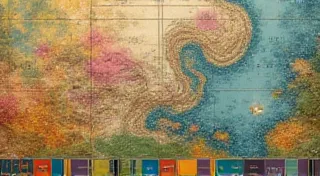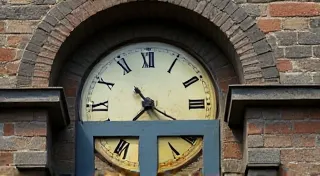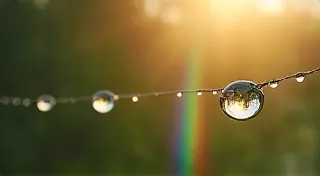Ephemeral Bloom: The Delicate Art of Preserving Transient Moments in Digital Form
There's a certain magic inherent in antique postcards. They aren't merely pieces of cardboard; they’re tiny, tangible windows into a past we can only glimpse. Imagine holding a card depicting a bustling town square a century ago – the fashion, the architecture, the very atmosphere feel distant and ethereal. Many of these postcards arrived in monochrome, shades of grey and brown whispering stories we strain to fully understand. The process of postcard colorization brings these moments to life, revealing a vibrant world hidden within the shadows. But what happens after that artistic bloom? How do we ensure these revived moments aren’t lost to the relentless march of digital obsolescence?
The act of colorizing a black and white photograph, particularly an antique postcard, is more than just a technical exercise. It's an act of empathetic recreation. It demands a deep understanding of historical context – the colors prevalent in clothing, the hues of buildings, the flora and fauna of the period. It’s an attempt to honor the original intent of the photographer, while simultaneously offering a fresh perspective for the viewer. My own journey into postcard colorization began with a postcard of my great-grandmother’s childhood home, a drab grey image that failed to capture the warmth and life I remembered from family stories. Bringing color to that image wasn't just about aesthetics; it was about connecting with a piece of my heritage, about visually honoring the memories of those who came before.
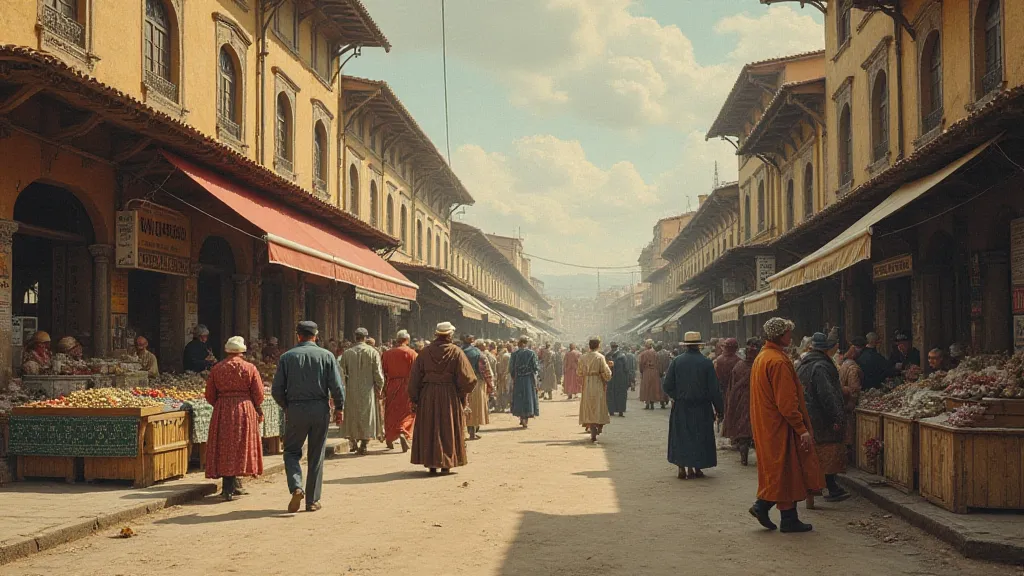
The Fragility of Digital Existence
We live in an age of digital abundance, yet the seemingly infinite storage space can be a deceptive promise. Digital files are inherently fragile. File formats become obsolete, software updates render older programs unusable, and hard drives fail without warning. What was once easily accessible can quickly become an unreadable jumble of data.
Consider this: a JPEG file, the most common format for digital photographs, relies on a specific encoding algorithm. As newer, more efficient algorithms emerge, older ones might fall into disuse, making it difficult to open or interpret existing JPEG files. The same applies to Photoshop files (PSD), which are constantly evolving with new versions and features. A PSD file created in Photoshop 9 might be incompatible with Photoshop 2024, rendering your carefully crafted colorization inaccessible.
This is particularly concerning for the painstaking work involved in postcard colorization. Each individual element – the sky, the buildings, the clothing – requires meticulous attention to detail, often involving hours of digital painting and manipulation. The loss of such a work would be devastating, representing not just the loss of a file, but the loss of a creative investment and a connection to history.
Long-Term Archiving Strategies: A Layered Approach
The solution isn't to abandon digital formats entirely, but to adopt a layered archiving strategy – a multi-faceted approach that mitigates the risks of obsolescence.
1. Master Files: The Foundation
The cornerstone of any archival system is the master file. This should be a format that is as open and widely supported as possible. TIFF (Tagged Image File Format) is often considered the gold standard for archival purposes. It’s a lossless format, meaning no data is discarded during compression. While TIFF files are larger than JPEGs, the preservation of image quality is paramount.
Your master TIFF files should be stored in a dedicated, protected location – ideally on an external hard drive that's physically separate from your primary computer. Consider rotating these external drives, storing one offsite as a backup against fire, theft, or other disasters.
2. Derivative Files: For Sharing and Viewing
While TIFFs are ideal for archival, they're not always practical for online sharing or viewing. This is where derivative files – JPEGs or PNGs – come into play. These files are smaller and more easily viewed on various devices, but they should be created *from* your master TIFFs, not the other way around.
Always maintain a clear distinction between your master files and your derivative files. Develop a consistent naming convention to easily identify the original source of each file. For example: "postcard_original.tiff" and "postcard_web.jpg".
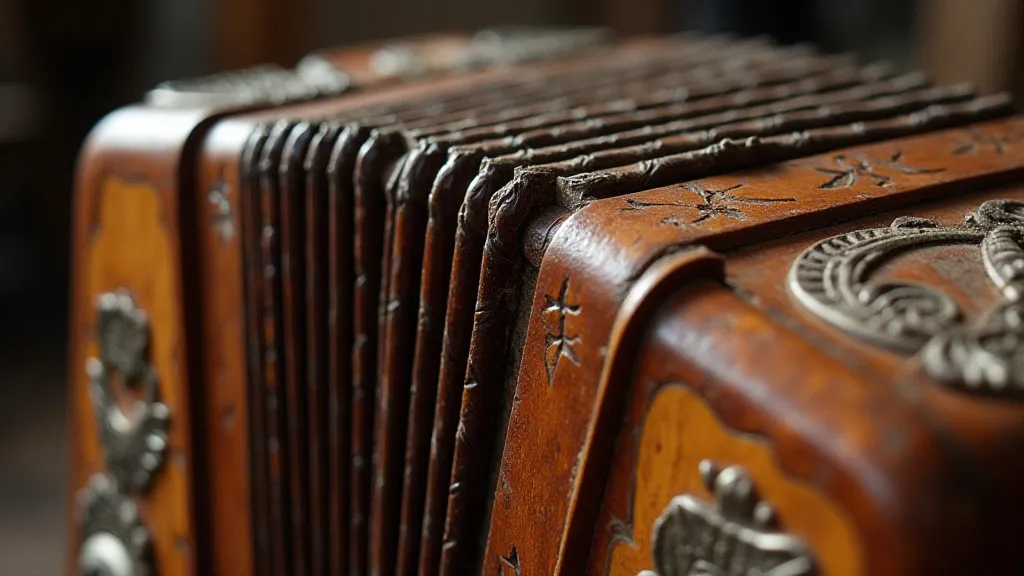
3. Version Control: Tracking Changes
Digital restoration is an iterative process. You might make adjustments to a colorization over time as you gain more information about the historical context or refine your artistic vision. Implementing a version control system is crucial for tracking these changes and reverting to earlier versions if necessary.
Simple folder structures can be used for basic versioning (e.g., postcard_v1.tiff, postcard_v2.tiff). For more sophisticated version control, consider using dedicated software or cloud-based services that provide features like branching, merging, and diffing.
4. Metadata: Adding Context
Metadata – data *about* your data – is essential for long-term preservation. It provides valuable context about the image, including its provenance, creation date, restoration techniques, and historical significance. Embed metadata directly into your TIFF files using software like Photoshop or dedicated metadata editors.
Include information such as: Photographer (if known), Date of original photograph, Location of original photograph, Restoration techniques used, Copyright information, and a brief description of the image's historical context.
5. Periodic Migration: Adapting to Change
Even with the best archiving practices, technology will continue to evolve. Periodically migrating your files to newer formats and software versions is a necessary evil. This process can be time-consuming, but it's crucial for ensuring that your images remain accessible in the future.
For example, if a newer version of TIFF emerges with improved compression or metadata capabilities, consider converting your existing TIFFs to the new format. Be sure to thoroughly test the converted files to ensure that no data is lost during the process.
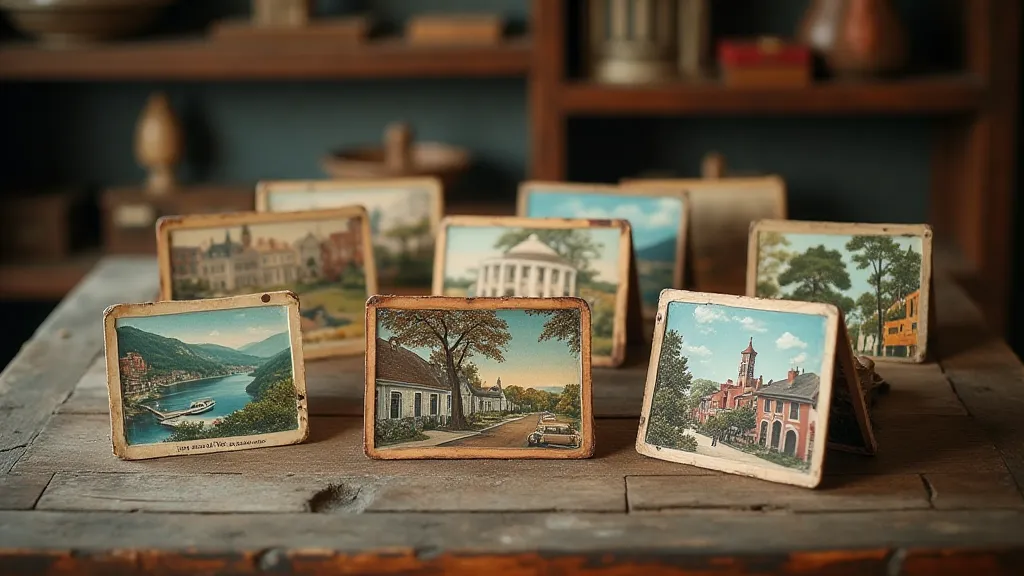
The Legacy of Transient Moments
The art of postcard colorization is more than just a technical skill; it's a labor of love, a testament to our desire to connect with the past and preserve its fragile beauty. By adopting robust archiving strategies, we can ensure that these restored moments continue to bloom, enriching our understanding of history and inspiring future generations. The colors we add aren't just pigments; they’re a continuation of the stories these cards hold, ensuring they remain vibrant and accessible for years to come.


